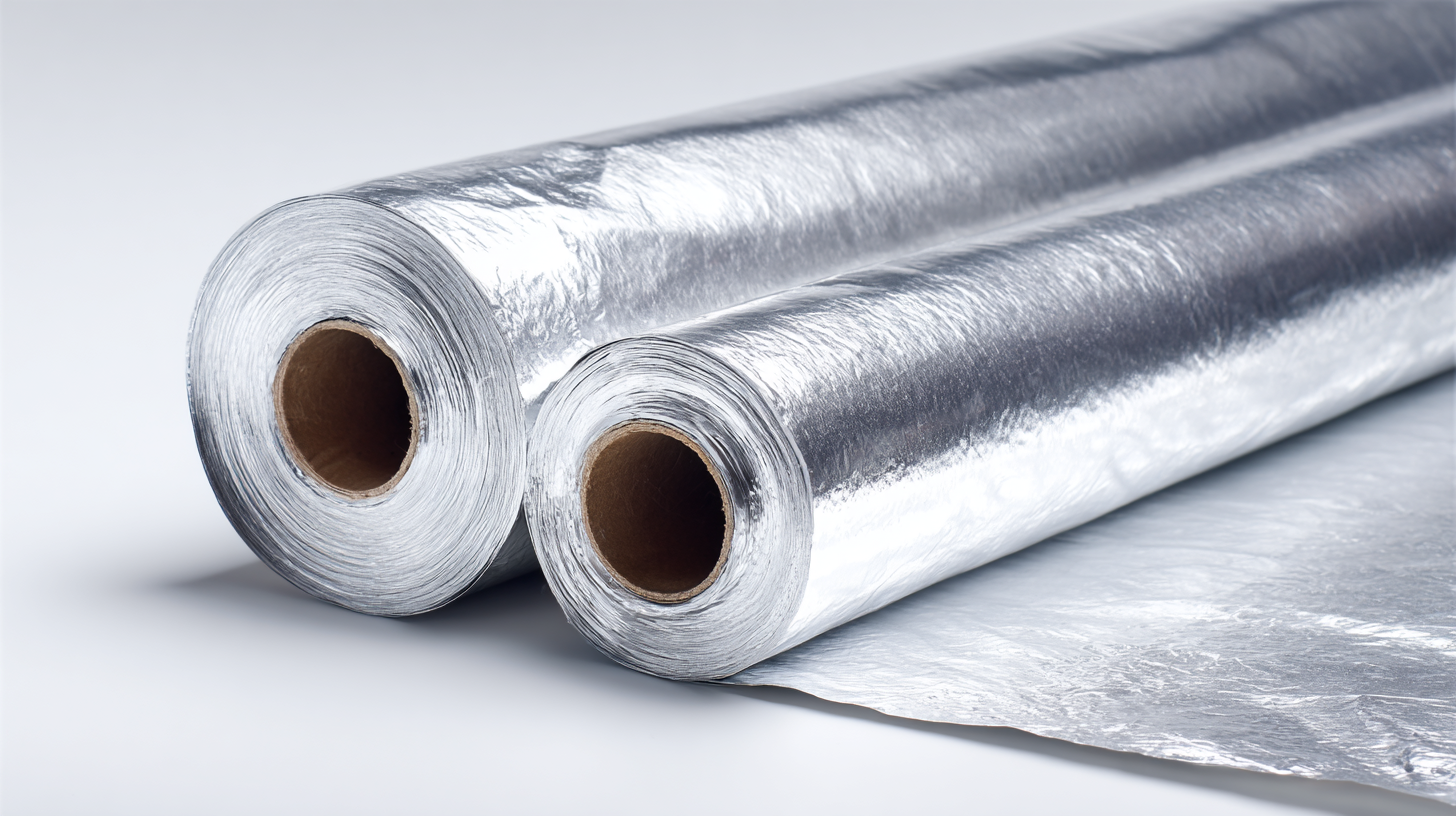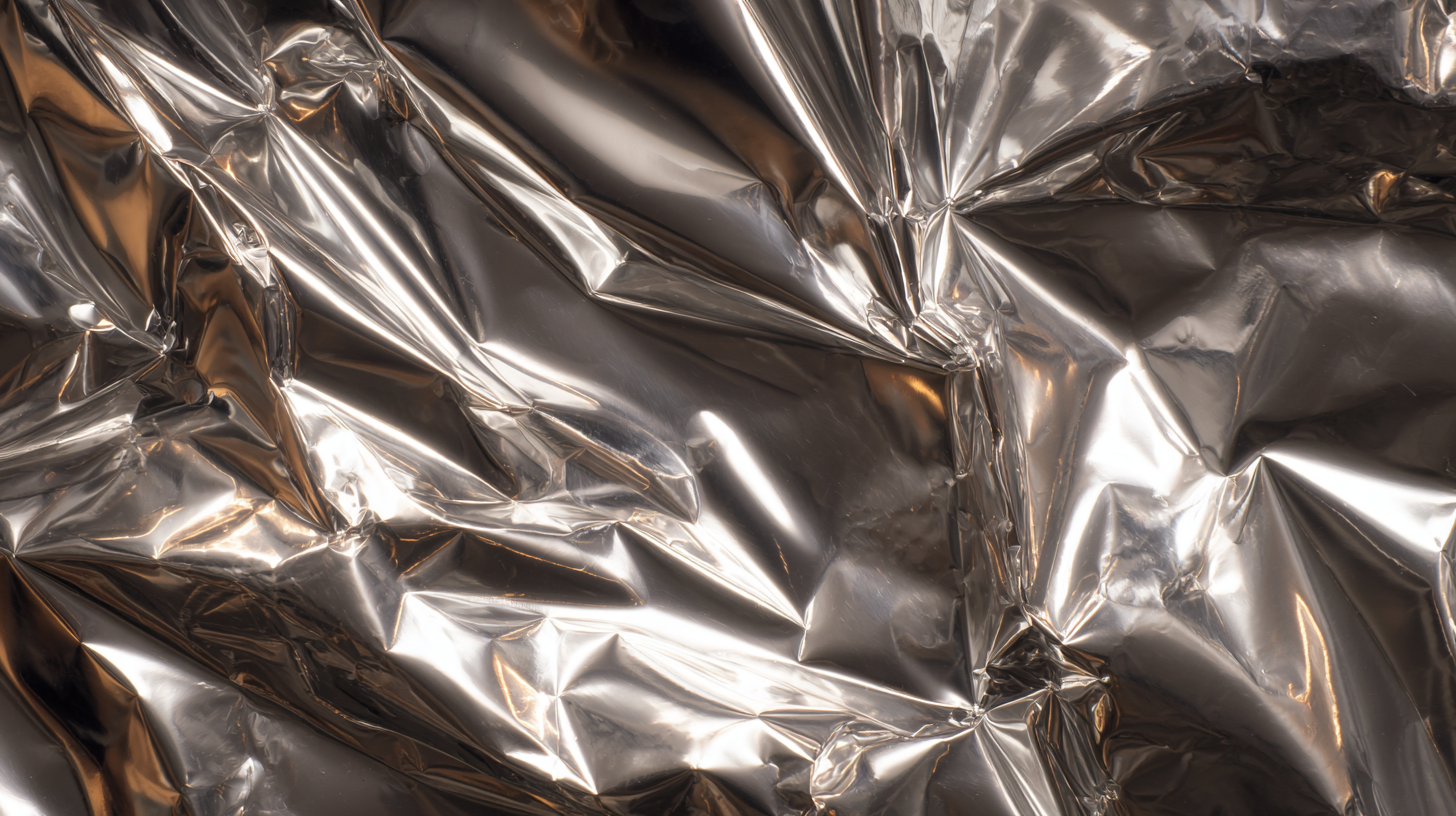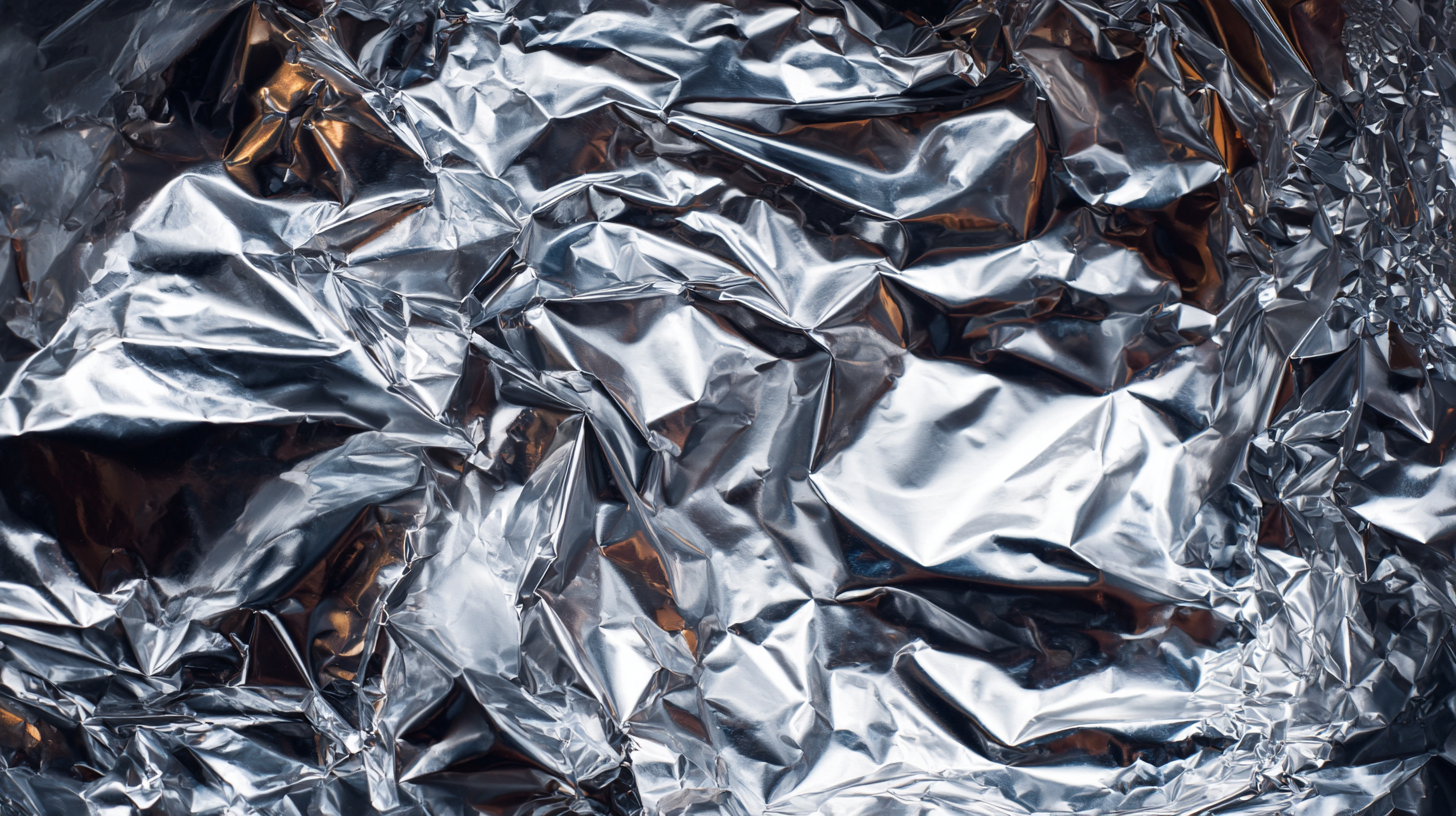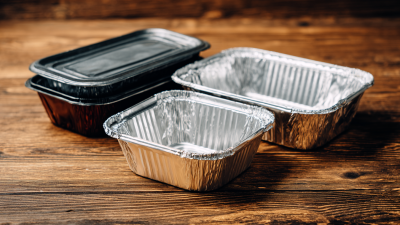How to Effectively Use Aluminium Foil in Your Kitchen for Optimal Cooking Results
Aluminium foil has become an indispensable tool in modern kitchens, known for its versatility and efficiency in enhancing cooking results. According to a report by the European Aluminium Association, approximately 70% of households in Europe utilize aluminium foil in their daily cooking, demonstrating its widespread adoption and reliability. Its ability to withstand high temperatures and retain heat makes it ideal for grilling, baking, and even preserving food freshness. Furthermore, research from the Food and Agriculture Organization indicates that using aluminium foil can reduce cooking times by up to 15%, significantly saving energy and enhancing meal preparation efficiency. As home chefs increasingly seek optimal cooking techniques, understanding the best practices for employing aluminium foil can elevate culinary outcomes and promote sustainable kitchen habits.

Understanding the Different Types of Aluminium Foil and Their Uses
When it comes to using aluminium foil in the kitchen, understanding the different types available is crucial for maximizing cooking results. Generally, aluminium foil can be categorized into standard, heavy-duty, and non-stick varieties. Standard foil is perfect for wrapping food items and covering dishes, while heavy-duty foil is designed for tasks that require more strength, such as grilling or roasting. On the other hand, non-stick foil is ideal for baked goods or foods that tend to stick, making it easier to remove without damaging the dish.
Recently, there has been a noticeable shift in the aluminium foil market towards sustainable practices. As consumer demand for eco-friendly and recyclable packaging grows, manufacturers are focusing on developing environmentally friendly variants of aluminium foil. This includes innovations in the recycling process and improvements in the overall sustainability of the product. By choosing sustainable aluminium foil options, you can enjoy its versatile uses in cooking while also contributing to a more eco-conscious kitchen environment.
Maximizing Flavor: How to Use Aluminium Foil for Marinating and Cooking
Aluminium foil is a versatile tool that can significantly enhance your cooking experience, especially when it comes to marinating and cooking food. One effective way to maximize flavor is by using foil to create a marinating pouch. Simply place your chosen proteins, herbs, spices, and a splash of oil or acidic ingredients like lemon juice inside the foil. Seal the pouch tightly and let it sit for a few hours, allowing the flavors to meld together. The foil traps moisture and heat, effectively tenderizing the meat while infusing it with the aromatic herbs and spices.
When it comes to actual cooking, aluminium foil is equally advantageous. It can be used to wrap vegetables, fish, or meat before placing them on the grill or in the oven. This method not only keeps the food moist but also enhances the cooking process by allowing the flavors to intensify as they steam within the foil. You can experiment with different seasonings and add ingredients like garlic or citrus slices to complement the dish. By using aluminium foil in these ways, you'll ensure that your meals are not only flavorful but also retain their natural juices, leading to optimal cooking results.
Techniques for Wrapping Food in Aluminium Foil for Enhanced Cooking
When it comes to enhancing your cooking results, the technique of wrapping food in aluminium foil can be a game changer. To begin with, consider the type of food you are wrapping. Delicate items, such as fish and vegetables, benefit from a snug wrap that retains moisture, helping to steam the food while it cooks. To achieve this, place the food in the center of a sheet of foil, fold the edges over tightly, and create a sealed packet. This method not only prevents the food from drying out but also allows the flavors to meld beautifully during cooking.

Another effective technique is to use aluminium foil as a lined barrier while roasting meats or baking dishes. By crinkling the foil slightly before placing it on the baking sheet, you can elevate the food, allowing hot air to circulate and cook evenly. Additionally, wrapping meats in foil during the last stages of cooking helps retain natural juices, resulting in a tender and flavorful dish. Don’t forget to add herbs, spices, or marinades before sealing the foil; these additions can intensify the flavors even further, proving that a simple kitchen staple can lead to exquisite results.
Using Aluminium Foil to Create Efficient Cooking Environments (Ovens, Grills)
When it comes to creating efficient cooking environments, aluminum foil is an invaluable tool in both ovens and grills. In the oven, lining baking sheets with aluminum foil can help prevent sticking and simplify cleanup. Additionally, covering dishes with foil helps retain moisture, ensuring that food cooks evenly and remains tender. For those looking to enhance flavors, wrapping items like vegetables or fish in foil packets allows steam and seasonings to meld, resulting in deliciously infused meals.

In grilling, aluminum foil can serve multiple purposes. It acts as a reliable barrier, preventing delicate foods from falling through grates while allowing for even cooking. Creating a foil pouch for grill-roasting vegetables not only simplifies cooking but also minimizes moisture loss. Furthermore, using a double layer of foil can protect meats from flare-ups, allowing for a balanced char while retaining juices. By mastering these techniques, home cooks can leverage aluminum foil to optimize their cooking environments, ensuring fantastic results every time.
Tips for Properly Disposing of or Recycling Aluminium Foil After Use
When it comes to disposing of or recycling aluminium foil, it's essential to understand the proper methods to ensure maximum sustainability. According to the latest guidance from various waste management authorities, including the Kent County Department of Public Works, not all aluminium foil is suitable for recycling. Clean, used foil that has been free of food residue can often be recycled, but heavily soiled foil should be disposed of in the general trash. This distinction is vital, as contaminants can interfere with the recycling process and lead to entire batches of material being rejected.
To maximize your recycling efforts, it's advisable to check local guidelines as they can vary by region. For instance, recycling practices in the UK require users to pay attention to specific labels that indicate whether an item is recyclable. Reports indicate that participating in local recycling programs can significantly increase recycling rates. Additionally, by flattening and scrunching used foil into a ball before recycling, you improve its chances of being processed correctly.
Understanding and following these steps can contribute to a more efficient recycling system, ultimately helping to reduce waste and conserve resources.

